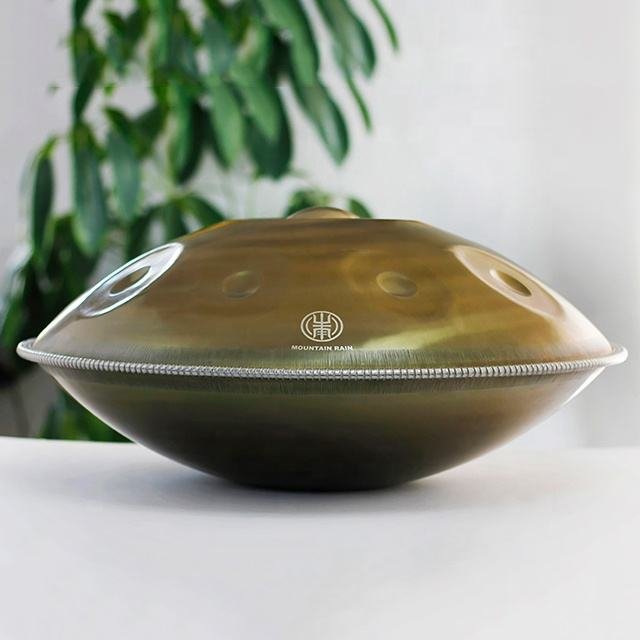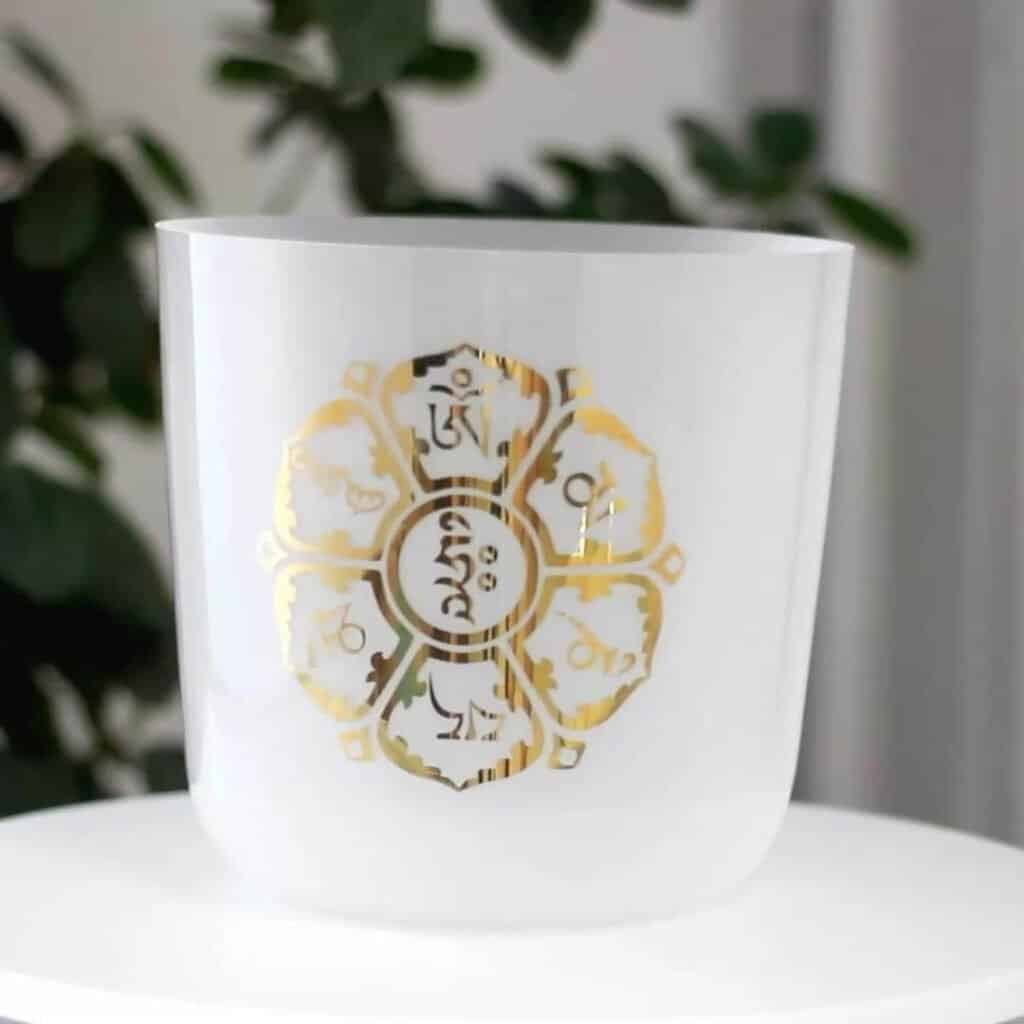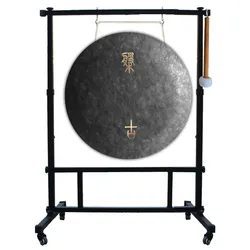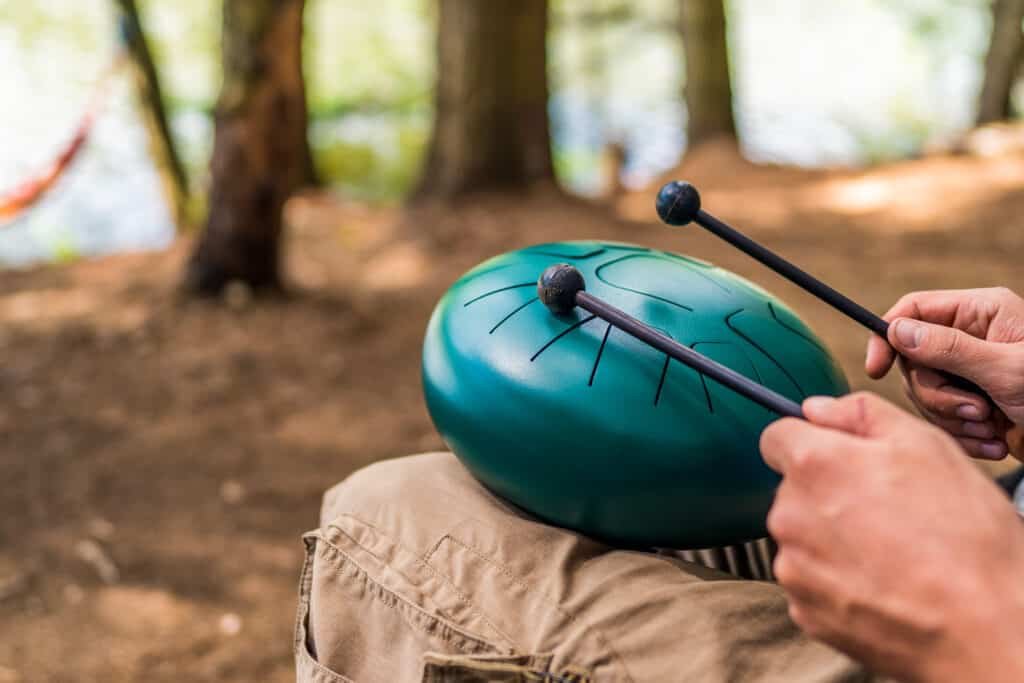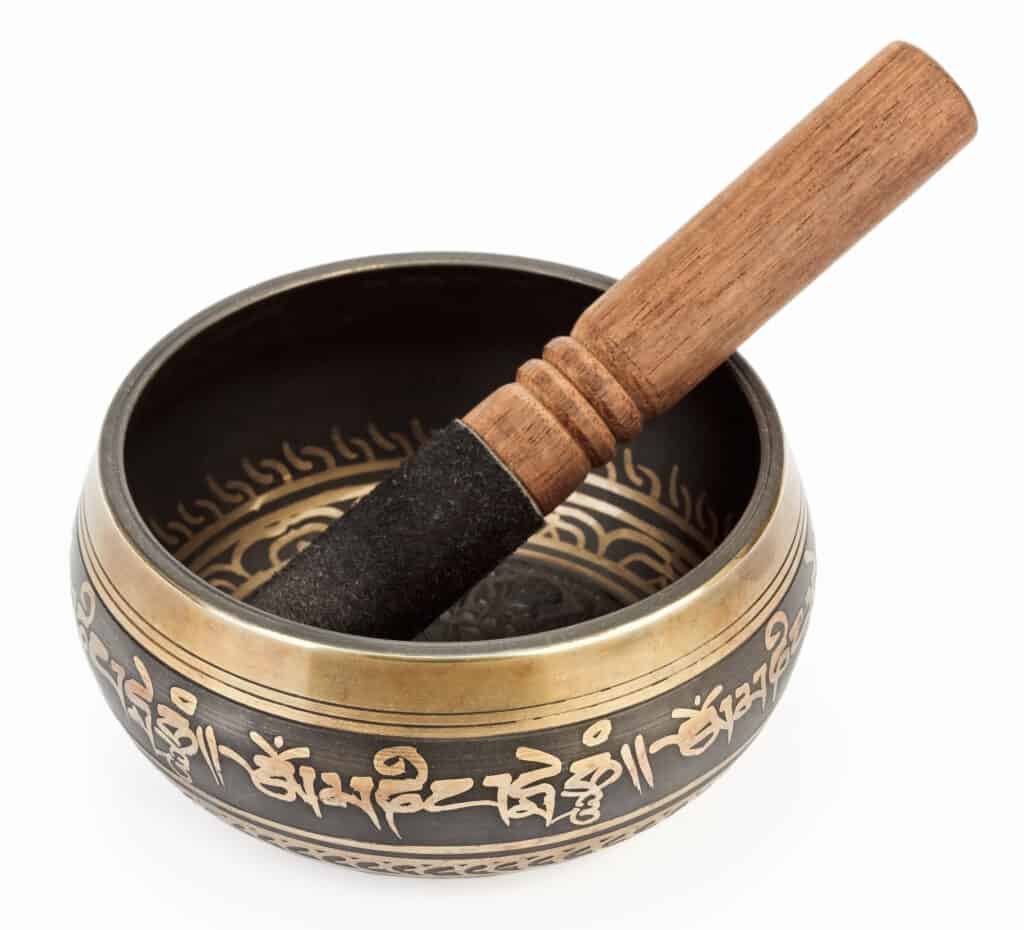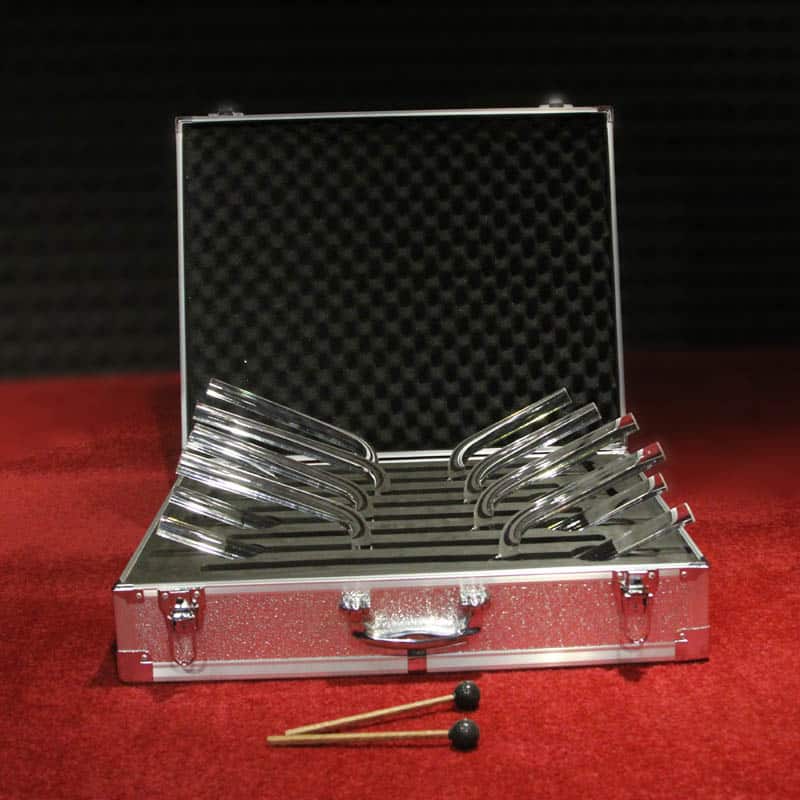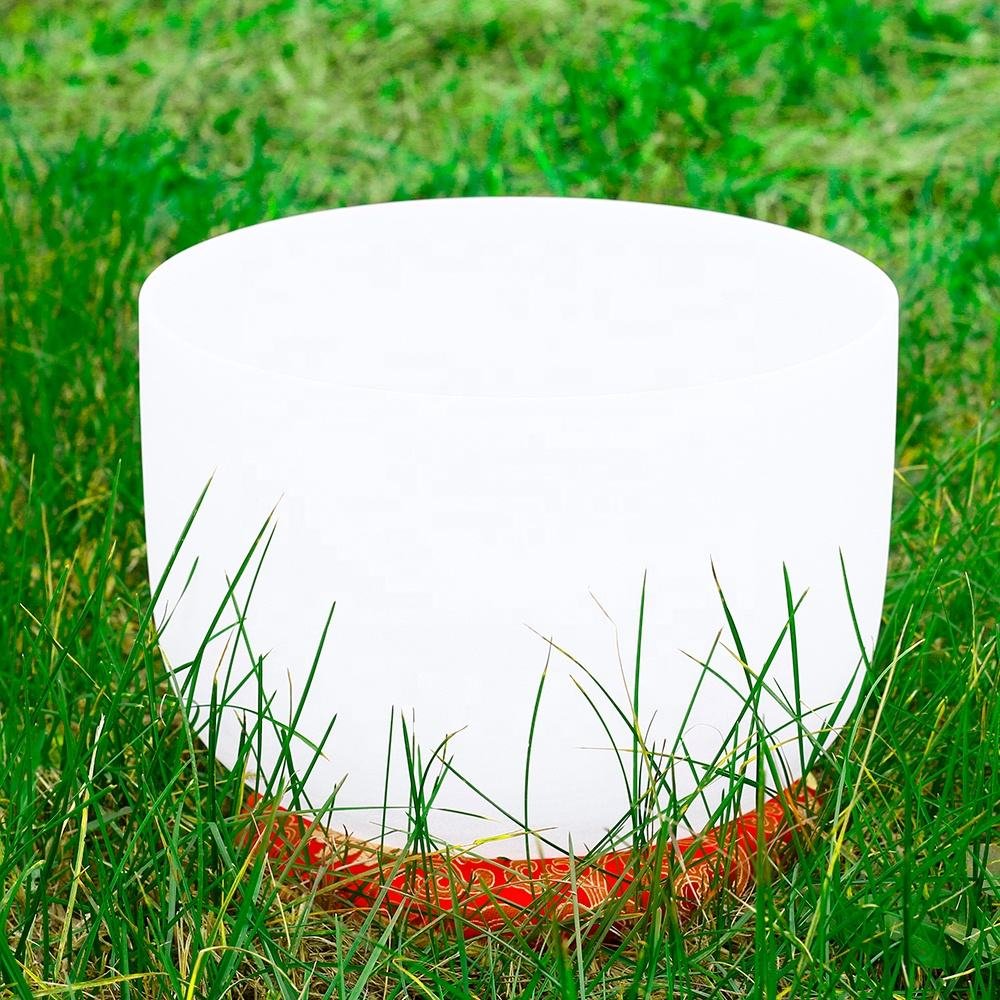Introduction
Playing a gong is a unique and rewarding experience that requires focus, intention, and an understanding of the instrument’s properties. Whether you’re a musician, a sound healer, or simply curious about the gong’s mystical qualities, this article will provide you with the knowledge and techniques to start playing the gong effectively.
Understanding the Gong

The gong is a large, circular metal percussion instrument that produces a rich and complex sound when struck with a mallet or a gong beater. It consists of a metal plate, typically made of bronze or brass, suspended within a frame. The size, thickness, and shape of the gong determine its unique tonal characteristics and resonance.
Choosing the Right Gong
Selecting the right gong is crucial for your playing experience. Consider factors such as size, material, and tonal qualities. Smaller gongs produce higher-pitched sounds, while larger ones create deeper, more resonant tones. It’s recommended to try different gongs and listen to their sound before making a decision.
Preparing the Gong
Before playing, ensure that your gong is properly mounted or hung securely. You can use a gong stand, wall hanger, or floor stand, depending on the size and type of your gong. Make sure the gong is at a comfortable height and angle for playing.
Basic Gong Playing Techniques
To produce sound from the gong, hold the mallet near its end and strike the gong’s surface gently. Experiment with different striking positions to explore a range of tones and dynamics. It’s important to strike the gong with a relaxed and focused approach, allowing the sound to resonate fully.
Exploring Advanced Gong Techniques
As you become more proficient in playing the gong, you can explore advanced techniques to create a wider range of sounds and effects. These techniques include using various striking patterns, glissandos, and mallet rolls. Experimentation and practice will help you develop your unique style and expression.
Gong Playing Etiquette
When playing a gong in group settings or during sound healing sessions, it’s essential to observe certain etiquette. Respect the space and intention of the gathering, and always be mindful of the volume and intensity of your playing. Take cues from the facilitator or group leader to maintain a harmonious atmosphere.
Gong Maintenance and Care
To ensure the longevity of your gong and preserve its sound quality, it’s important to maintain and care for it properly. Clean the gong regularly using a soft cloth, and avoid using abrasive cleaners. Store the gong in a dry and protected area to prevent oxidation or damage.
Health Benefits of Gong Playing

Playing the gong can have numerous health benefits for both the player and the listeners. The deep vibrations and resonances produced by the gong can promote relaxation, reduce stress, and induce a meditative state. It can also help in releasing emotional blockages and enhancing overall well-being.
Gong Playing in Different Cultural Contexts
Gong playing is not limited to a single culture or tradition. Various cultures, including those in Asia, Europe, and the Americas, have incorporated gongs into their music, rituals, and ceremonies. Exploring the diverse cultural contexts of gong playing can deepen your understanding and appreciation of this ancient instrument.
Conclusion
Playing a gong is an art form that requires practice, patience, and a deep connection with the instrument. By following the guidelines outlined in this article, you can embark on a journey of self-expression and exploration through the profound sounds of the gong. Start with the basics, experiment with different techniques, and let the gong guide you on a path of inner harmony and tranquility.
FAQs
- Q: How long does it take to learn to play the gong proficiently?
- A: The time required to become proficient in playing the gong varies depending on individual practice and dedication. With regular practice, one can start mastering basic techniques within a few months.
- Q: Can I use any mallet or beater to play the gong?
- A: It’s recommended to use a mallet or beater specifically designed for gong playing. Different mallets can produce different tones and effects, allowing for greater versatility in your playing.
- Q: Are there any age restrictions for learning to play the gong?
- A: No, gong playing can be enjoyed by people of all ages. However, younger children may require adult supervision and guidance while handling and playing the gong.
- Q: Can I use gong playing for sound therapy or healing practices?
- A: Yes, gong playing is widely used in sound therapy and healing practices. The deep vibrations and frequencies produced by the gong can help induce relaxation and promote overall well-being.
- Q: Where can I find gong playing workshops or classes in my area?
- A: You can search online for local music schools, meditation centers, or holistic wellness centers that offer gong playing workshops or classes. Alternatively, you can also find instructional videos and resources online to get started.


